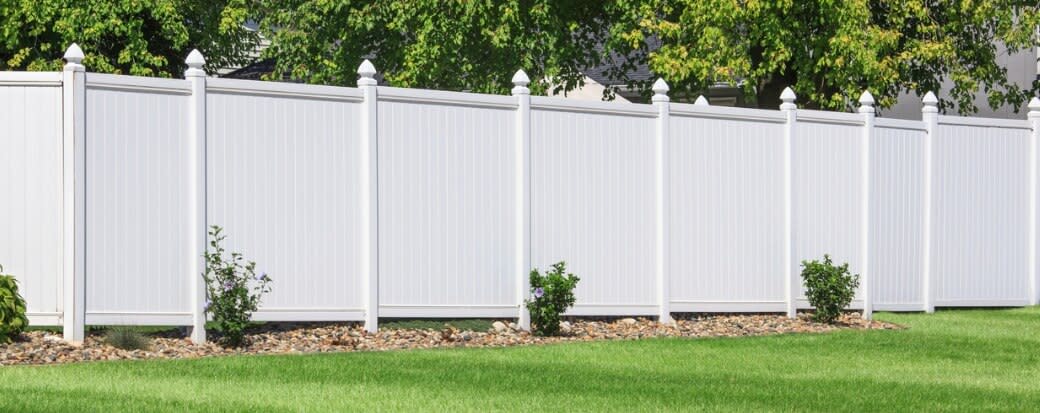How to Finance a New Fence

Share this article:
Editor’s note: Lantern by SoFi seeks to provide content that is objective, independent, and accurate. Writers are separate from our business operation and do not receive direct compensation from advertisers or network providers. Read more about our Editorial Guidelines and How We Make Money.
Typical Costs Associated With Fence Building or Repair
Credit Score Requirements for Financing a Fence
Fence Financing for Bad Credit
Options for Privacy Fence Financing
Credit Card
Home Equity Line Of Credit (HELOC)
Home Equity Loan
Retailers
Cash
Personal Loans
Pros & Cons of Fence Financing
Pros of Financing a Fence
You spread out the cost with monthly payments over time You can get the project done right away rather than waiting to save up for it Making payments on time can build your credit score You can designate your cash for other priorities
Cons of Financing a Fence
Repaying what you borrowed may strain your budget You may pay interest and fees The size of the expense and any late or missed payments might lower your credit With a HELOC or home equity loan, you could lose your house if you default on the loan
Exploring Personal Loan Rates
Frequently Asked Questions
Photo credit: iStock/ghornephoto
LNTPL-Q424-003
About the Author
Ashley Kilroy is a personal finance expert with years of experience in radio, newspapers, magazines, and online content. Her work has appeared on websites including Forbes and Yahoo Finance. Ashley writes on a variety of personal finance topics for SoFi, including student loans, taxes, and insurance.
Share this article: